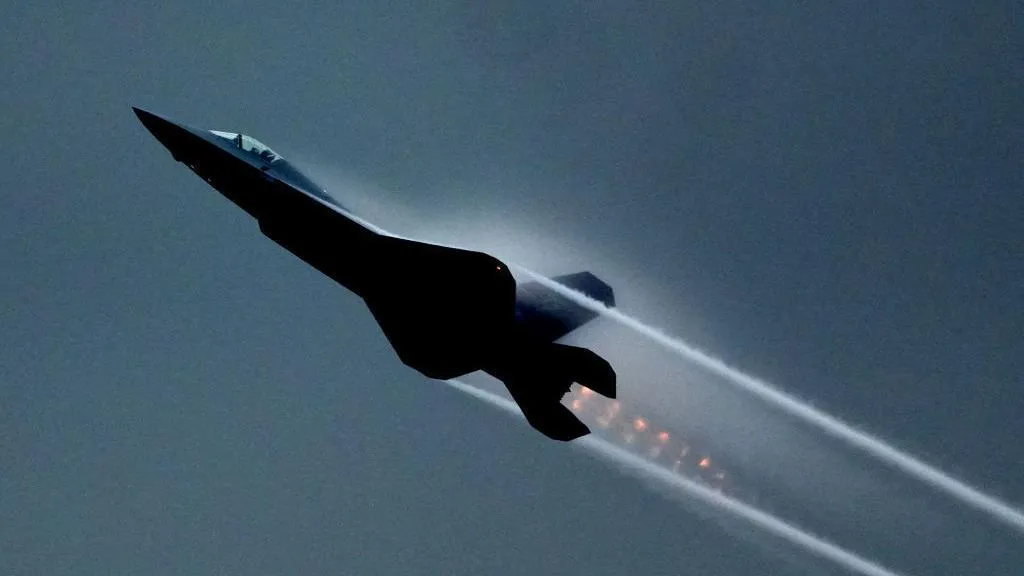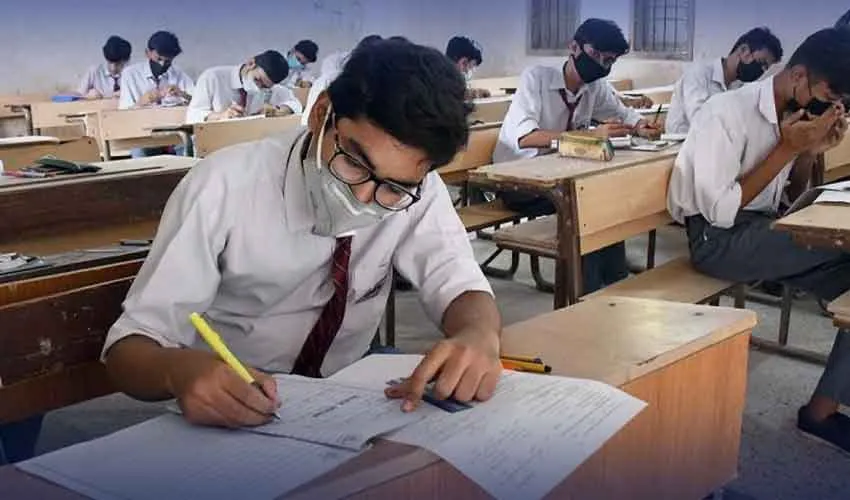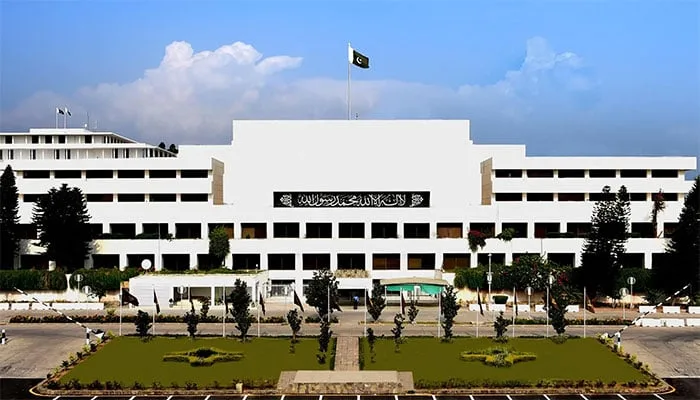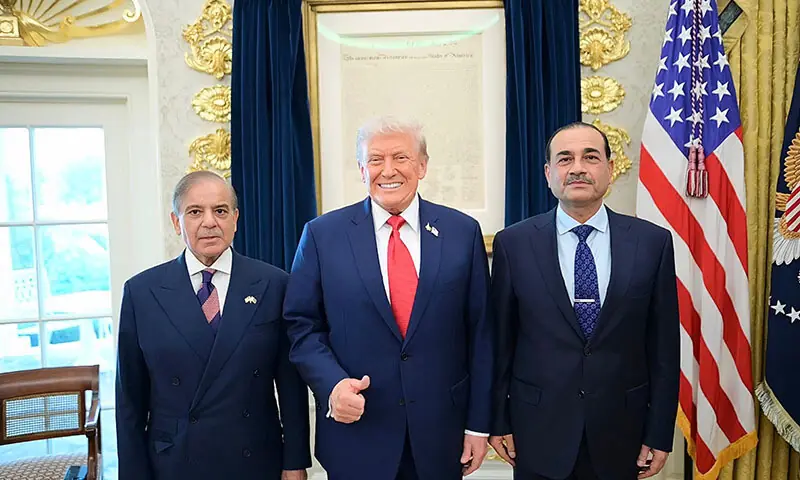In May, which saw the announcement of the go-ahead by India’s Defense Ministry for the development of what will be our country’s state-of-the-art 5th generation stealth fighter which we will be building at home.
Also at around the same time, the Government of Pakistan reported via social media platform X that they had won some major diplomatic deals, which included an agreement from China for the sale of 40 J-35 5th gen stealth fighter jets, KJ-500 AEW&C planes, HQ-19 missile defense system, and a $3.7 billion debt relief package.
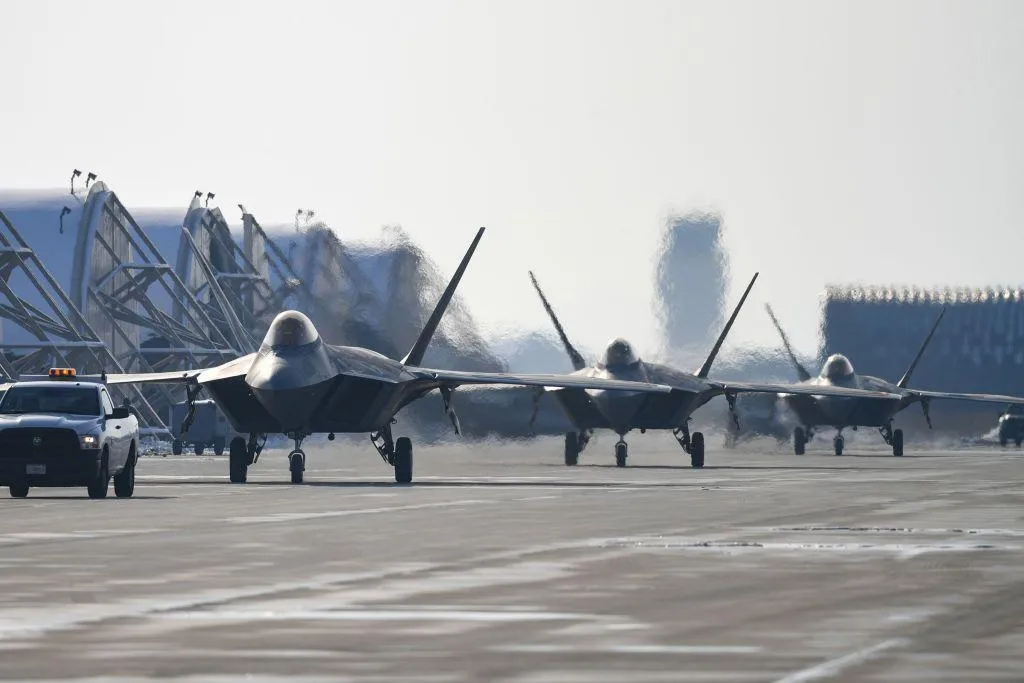
The report came out in the wake of a 4-day-long period of tension between India and Pakistan in May. Since that time, which saw an intense standoff, both nations have turned their attention away from open conflict to the task of building up their diplomatic and military assets, which in particular includes air power.
India has still to put forward an official word on which of its aircraft were lost in May. But Chief of Defence Staff General Anil Chauhan for the first time spoke out on the issue:
The issue is not that aircraft were shot down but what the reasons were and which mistakes caused it. The numbers are irrelevant — we must understand the what.
His statements have put the issue of which air force is better and what of air defense systems out there is at the fore.
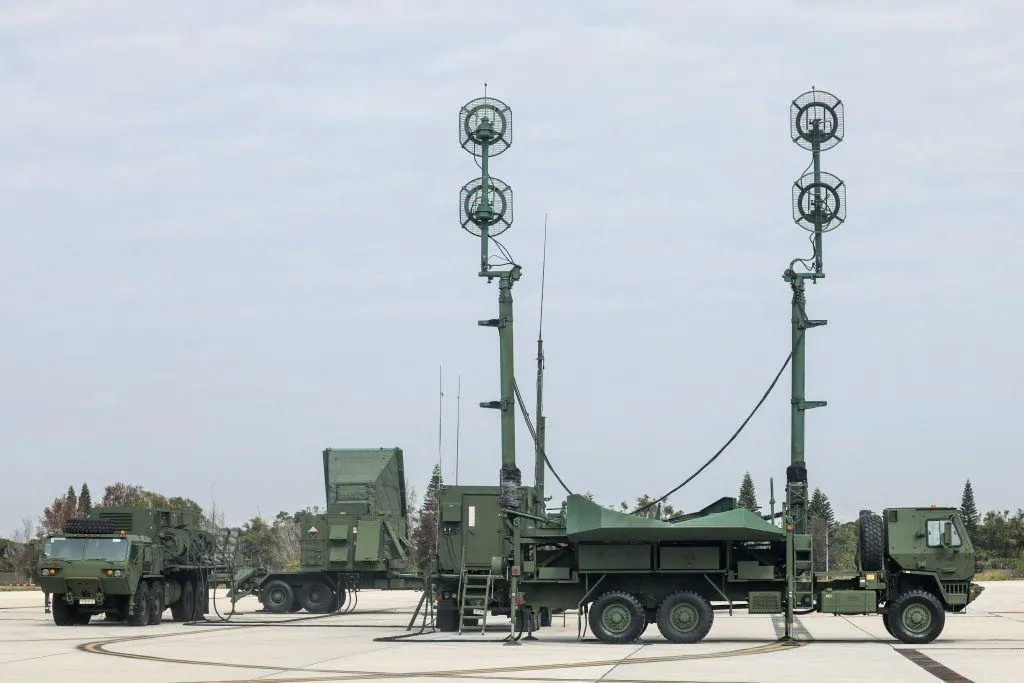
India has put forth a new stealth jet project which will be run by the Aeronautical Development Agency in association with private Indian companies. Also at present in India, there is a debate which puts forward the Russian Su-57 and American F-35 and F-22 Raptor jets as options for the Indian Air Force to buy.
In turn, what we have seen is for the first time Pakistan’s government coming out and saying that it does in fact wish to field Chinese fifth generation aircraft. It reports that, which we learned from a social media post, that during Prime Minister Shehbaz Sharif’s tenure Pakistan was put forward a proposal which included 40 J-35 stealth jets, KJ-500 early warning systems, HQ-19 defense systems, and a $3.7 billion deferred payment plan.
Although we have not seen an official report from the Chinese government, Bloomberg broke the news that upon Pakistan’s expression of interest in Chinese defense technology — which includes the J-35 — Chinese defense firms saw an upsurge in trade. AVIC Shenyang Aircraft Corporation, which produces the J-35, had a 9.3% increase in its shares on Monday.
For some time past, we have had reports of Pakistan’s interest in the J-35 which has now for the first time been confirmed officially.
What Do Countries Like India and Pakistan See in 5th Generation Fighter Jets?
To see this, we spoke to Alex Plitsas, a senior fellow at the Atlantic Council and former Pentagon official, and Air Commodore (R) Raza Haider, an expert in aircraft design and Director of Emerging Technologies at the Centre for Aerospace and Security Studies (CASS) in Pakistan.
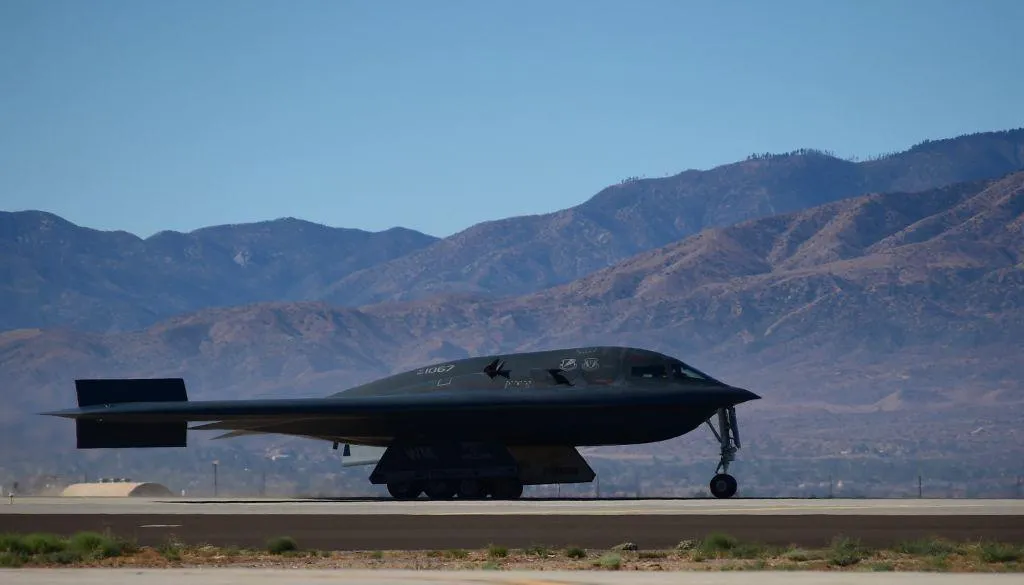
Which Present-Day Countries Have 5th Generation Fighter Jets?
According to Air Commodore Haider, we see that at present time only five fifth generation fighters are in service around the world, fielded by the U.S., Russia, and China.
United States
F-22 Raptor and F-35
Russia
Su-57
China
Possesses two types: F-20 and F-35
Other Developments
- UK, Italy, Japan – Tempest
- France, Germany, Spain – Future Combat Air System (FCAS)
- Turkey – KAAN fighter jet
Key Features of Fifth-Generation Fighter Jets
Experts say that in the case of 5th generation jets, we see many game-changing features:
Stealth Features
Designed to reduce radar visibility, enabling undetected operation.
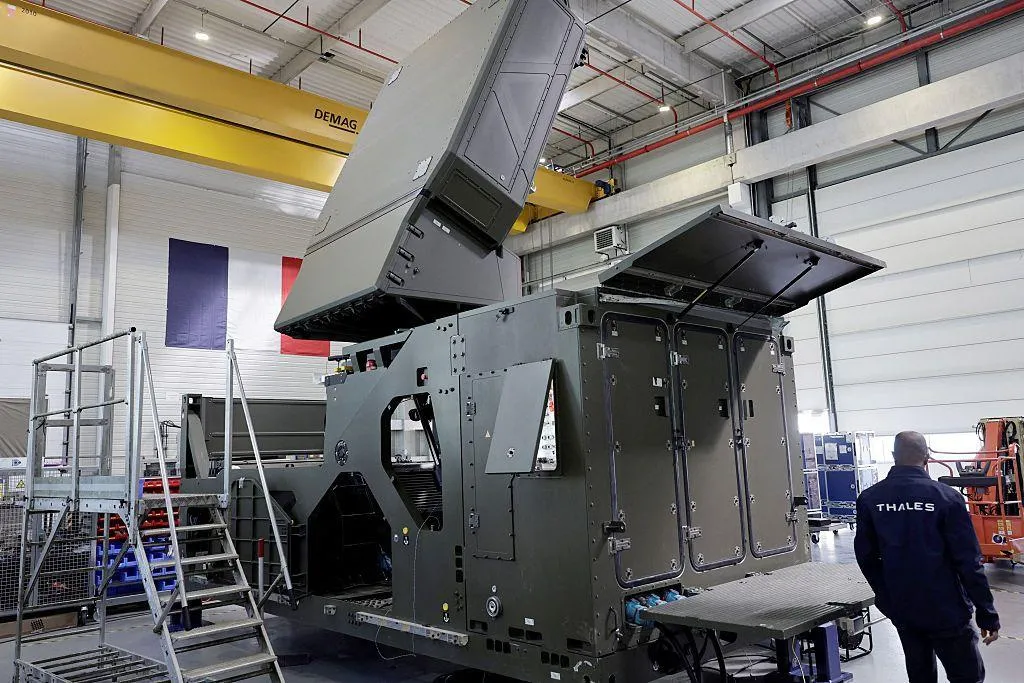
Integrated Avionics Systems
Include radar, navigation, and weapons control for improved situational awareness.
Supersonic Cruise
Ability to break the sound barrier while using less fuel, increasing range and endurance.
Network Centric Warfare
Aircraft can connect and report data to ground systems, UAVs, AWACS, and other assets in real-time.
What Makes a Fighter Jet “Fifth-Generation”?
In today’s warfare, stealth is now a requirement. Evading enemy radar is of the essence.
Plitsas reports that stealth technology reduces radar cross section and thermal signatures, making detection a difficult task.
The aircraft’s design deflects radar waves, and radar absorbing materials are used to prevent those signals from bouncing back to enemy systems.
Also, new engine designs, cooling systems, exhaust layouts, and internal weapons bays are highly effective at reducing infrared signature, making them hard to detect with thermal imaging.
Raza Haider reports that in 5th generation aircraft, weapons and fuel tanks are stored inside to achieve low observability.
He explains that if weapons were mounted externally, they would compromise stealth.
Such jets also have radar absorbent materials, composites, and special paint, which reduce their radar signature.
Technologically, they present a very low Radar Cross Section (RCS), making them hard to detect and intercept.
These so-called “quiet threats” have the ability to approach unseen, are highly flexible, use advanced avionics, and can strike from great distances — challenging even the best air defense systems today.



